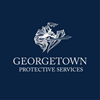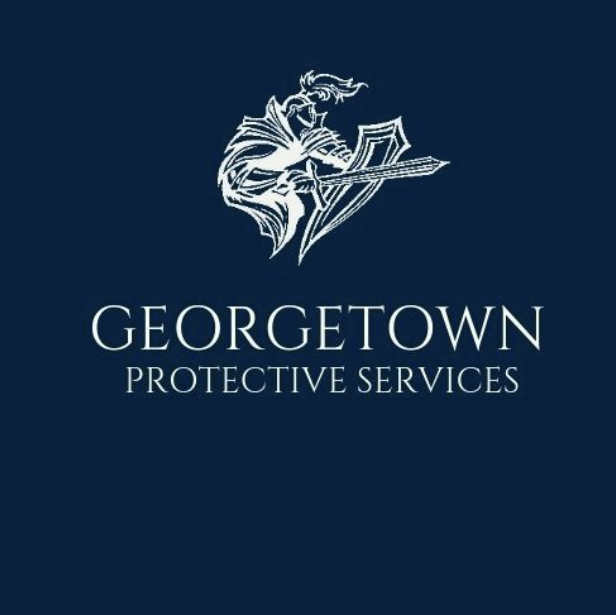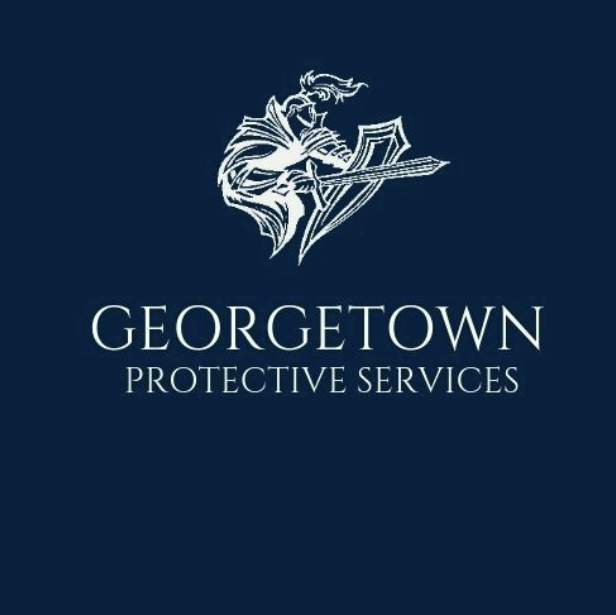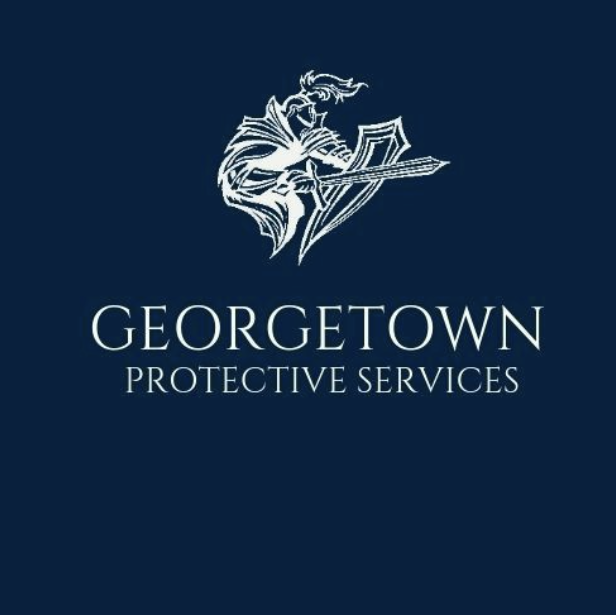Estimated reading time: 11 minutes
Key Takeaways
- Security incident reports document critical details essential for accountability, compliance, and prevention.
- Comprehensive reports must be factual, objective, and thorough, avoiding opinions or assumptions.
- Following a structured format ensures all necessary information is included.
- Incident documentation is often required for legal and policy compliance and may serve as evidence in proceedings.
- Continuous improvement in reporting raises the effectiveness of security protocols.
What is a Security Incident Report?
A security incident report is a formal document that records the details of any event that threatens security, safety, property, or personnel within a protected environment. These reports serve multiple crucial purposes:
- Creating an official record of what occurred
- Providing documentation for legal or insurance purposes
- Helping identify security vulnerabilities
- Supporting improvement of security protocols
- Ensuring compliance with regulatory requirements
Common incidents requiring reports include:
- Unauthorized access attempts
- Theft or property damage
- Workplace violence or threats
- Medical emergencies
- Traffic accidents on property
- Suspicious behavior or persons
- Fire alarms or fires
- Equipment malfunctions affecting security
*Security professionals should file reports immediately following any incident, while memories are fresh and evidence is available. Even minor events may later prove significant in identifying patterns or contributing factors to larger issues.*
Essential Components of a Security Incident Report
A properly structured incident report must include:
- Incident Details
- Date, time, and precise location
- Duration of the incident
- Report number for tracking purposes
- Classification of incident type
- Reporting Information
- Name and position of the reporting officer
- Names and contact information of witnesses
- When and how the incident was discovered
- Incident Description
- Chronological sequence of events
- Factual, objective account with no speculation
- Relevant environmental factors
- Individuals Involved
- Names and descriptions of all parties
- Contact information when available
- Roles in the incident (victim, witness, suspect)
- Statements by involved parties (direct quotes when possible)
- Response Actions
- Immediate steps taken to address the situation
- Who was notified (supervisors, law enforcement, etc.)
- Timestamps of significant actions
- Escalation procedures followed
- Evidence Documentation
- Photos or videos collected
- Physical evidence secured
- Documentation gathered
- Reference to surveillance footage
- Follow-up Requirements
- Pending actions needed
- Recommendations for prevention
- Timeline for additional investigation
- Verification and Signatures
- Supervisor review confirmation
- Signatures of reporting officer and reviewer
- Date and time of completion
- Attachments and References
- List of attached documents, photos, or statements
- Reference to relevant policies or procedures
Step-by-Step Guide: Writing a Security Incident Report
Step 1: Gather Complete Information
- Interview witnesses while memories are fresh
- Document the scene through photographs and notes
- Collect contact information from those involved
- Secure physical evidence according to protocol
- Review available surveillance footage
Step 2: Organize Your Information Chronologically
- Detail when you first became aware of the incident
- Outline the sequence of events
- List response actions taken and when
Step 3: Write With Clarity and Objectivity
- Use clear, direct language without technical jargon
- Write in first person when describing your observations
- Stick to facts; avoid assumptions or opinions
- Use precise language ("The suspect was approximately 6'2" tall")
- Include direct quotes when relevant
- Avoid vague terms like "appeared to be" or "seemed like"
Step 4: Be Thorough Yet Concise
- Include all relevant details without excess
- Use short, clear sentences
- Break information into logical paragraphs
Step 5: Review for Completeness and Accuracy
- Are all essentials included?
- Is the report factual and free of opinion?
- Are all parties identified?
- Is the timeline accurate?
- Has all evidence been documented?
Step 6: Address Sensitive Information Appropriately
- Follow protocols for personal information
- Understand privacy laws and regulations
- Use anonymization techniques when required
Step 7: Submit and Store Properly
- Follow submission procedures
- Include all attachments
- Maintain copies for required retention period
- Control report access
Common Mistakes to Avoid
| 1. Inserting opinions or assumptions: Stick to observable facts. |
| 2. Using vague language: Be specific about times, locations, and descriptions. |
| 3. Omitting critical details: Include all relevant information, even if it seems minor. |
| 4. Using slang or informal language: Maintain professional terminology. |
| 5. Including irrelevant information: Stay focused on the incident. |
| 6. Writing in passive voice: Use active voice ("I observed the suspect"). |
| 7. Failing to follow up: Document subsequent developments. |
| 8. Delaying the report: Complete documentation promptly. |
Security Incident Report Checklist
Before submitting, verify you've included:
- □ Incident date, time, and specific location
- □ Name, position, and contact info
- □ Names/information of all parties
- □ Comprehensive incident description
- □ Chronological sequence of events
- □ Response actions
- □ Evidence collected
- □ Notifications made
- □ Follow-up actions needed
- □ Required signatures
- □ Attachments (photos, statements)
- □ Policy references
Real-World Security Incident Report Sample
Sample: Unauthorized Access Attempt
SECURITY INCIDENT REPORT #2023-047
Date of Incident: October 15, 2023
Time of Incident: Approximately 2:15 PM
Location: North Entrance, Building C
Reporting Officer: James Wilson, Security Officer #142
INCIDENT DETAILS:
At approximately 2:15 PM, while stationed at the north entrance security desk, I observed an unidentified male (approximately 5'10", 180 lbs, 30-35 years old, wearing a gray suit with a blue tie) attempt to enter the building without visible credentials. When requested to show identification, the individual stated he was "meeting someone inside" but refused to provide a name or department. When informed that he needed proper credentials or escort, the individual became agitated.
ACTIONS TAKEN:
1. At 2:17 PM, I requested backup via radio.
2. At 2:18 PM, Security Officer Martinez arrived as support.
3. The individual was informed of visitor policy requirements and provided with the visitor registration protocol.
4. The individual continued to refuse to provide identification and left the premises at 2:22 PM.
5. At 2:25 PM, I notified Shift Supervisor Thomas of the incident.
6. At 2:30 PM, reviewed security camera footage to capture images of the individual.
EVIDENCE:
1. Security camera footage from North Entrance (2:12 PM - 2:25 PM)
2. Visitor log showing no appointments scheduled for that entrance at that time
FOLLOW-UP ACTIONS:
1. Images from security footage distributed to all security personnel.
2. Building tenants notified to report any similar incidents.
3. Security patrols increased around north entrance for the remainder of the week.
Report completed: October 15, 2023, 3:15 PM
Reporting Officer Signature: James Wilson
Supervisor Review: Sarah Thomas, Chief Security Officer
Review Date: October 15, 2023, 4:30 PM
Best Practices and Legal Considerations
Legal and Compliance Considerations
- Accuracy: Reports may become legal documents in court proceedings.
- Timeliness: Delayed reporting can diminish credibility and reliability.
- Privacy Laws: Understand HIPAA, GDPR, or other applicable regulations.
- Chain of Custody: Document how evidence was collected and preserved.
- Record Retention: Follow proper protocols for storing and retaining reports.
Documentation Storage and Access
- Secure storage of incident reports
- Access restrictions (need-to-know basis)
- Proper retention periods per regulation
- Protocols for sharing with law enforcement
- Regular audits of documentation
Frequently Asked Questions (FAQs)
Q: How soon after an incident should I file a report?
A: Always file reports as soon as possible after an incident, ideally before the end of your shift. Memory deteriorates quickly, and delays reduce report credibility.
Q: Should I include my opinions or theories about what happened?
A: No. Reports should contain only factual observations. If you must include assessments, clearly label them as such and base them on observable facts.
Q: What if I don't have all the information needed?
A: Include all available information and note what remains unknown. Update the report when additional information becomes available.
Q: How detailed should my descriptions be?
A: Include all relevant details that could help identify individuals or understand the incident. Be specific with descriptions but avoid unnecessary information.
Q: Should I take my own photos of incidents?
A: Follow your organization's policy. If authorized, photographs can provide valuable evidence, but ensure you're following proper procedures.
Conclusion
A well-written security incident report is more than just paperwork—it's a critical tool for maintaining safety, ensuring accountability, and improving security protocols.
By following the guidelines in this article, security professionals can create thorough, accurate documentation that serves both immediate needs and long-term security objectives.
At Georgetown Protective Services, our Disabled Veteran owned security company operating throughout Washington DC, Maryland, Virginia, and West Virginia, we train all our security personnel in comprehensive incident reporting as part of our commitment to excellence in Executive Protection and Security Guard Services. Our focus on Comprehensive Risk Management and security solutions begins with proper documentation and incident response.
Remember: each incident report contributes to the broader security picture. A minor incident today could be the clue to preventing a major breach tomorrow. Attention to detail and thorough reporting make all the difference.
Georgetown Protective Services is dedicated to providing top-tier security solutions including Executive Protection, Uniformed Security, and Risk Mitigation services throughout the DMV area. For more information about our security training and services, please contact our team.



